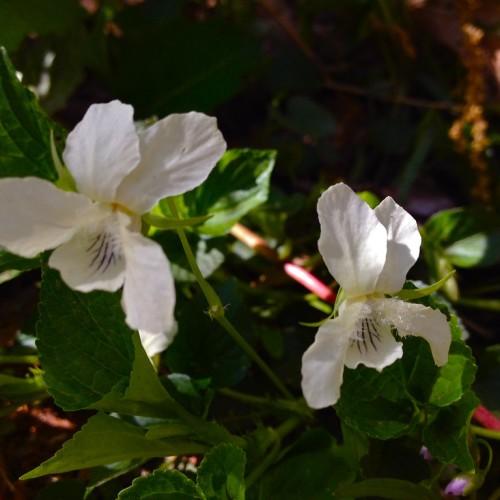
striped cream violet
Viola striata
Cycle:
Herbaceous Perennial
Watering:
Frequent
Hardiness Zone:
4 - 7
Flowers:
Flowers
Sun:
Part shade
Leaf:
Yes
Growth Rate:
Low
Maintenance:
Moderate
Salt Tolerant:
Yes
Thorny:
Yes
watering
This pretty little plant species prefers moist soil, so it should be watered regularly, especially during the warmer months of the year. Whenever the soil is dry to the touch up to a depth of 1 inch, water until it is moist all the way through. During the colder months, reduce that to once a week or 2. In either case, always make sure to never let the soil completely dry out. Watering with a watering can or hose is recommended, but avoid getting the leaves wet as it could increase the risk of fungal disease or rot.
sunlight
Striped cream violets prefer a bright, sunny location for at least part of the day. Aim for 4-6 hours of direct sunlight each day if possible. Morning sunlight is preferable since it is less intense than afternoon sunlight and the flowers will not dry out. If the striped cream violets are grown in full sun, be sure to provide adequate water when the soil is dry.
pruning
Striped cream violet (Viola striata) should be pruned in late winter or early spring for healthier growth and flowering. Generally, pruning should take place when the plant is dormant. Start by removing any dead, diseased or damaged growth. Then prune back remaining stems by about 1-third to 1-half of their original length. This will encourage bushier and more vigorous new growth, and increase flowering during the summer bloom season. Also, removing any flower stalks soon after they are done blooming encourages a new set of blossoms to appear. Lastly, be sure to sharpen your pruning tools regularly as sharp blades cause less damage to plants.
